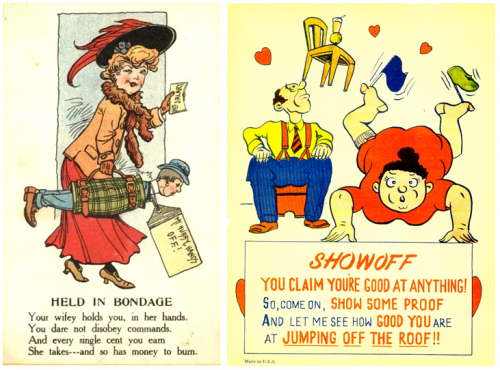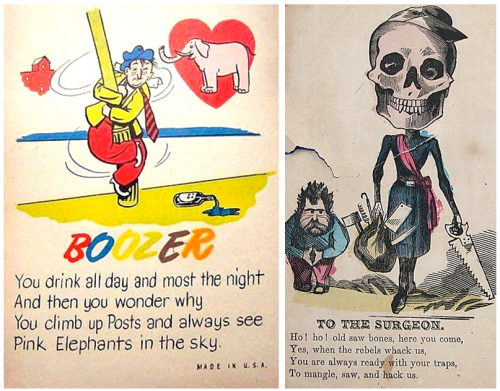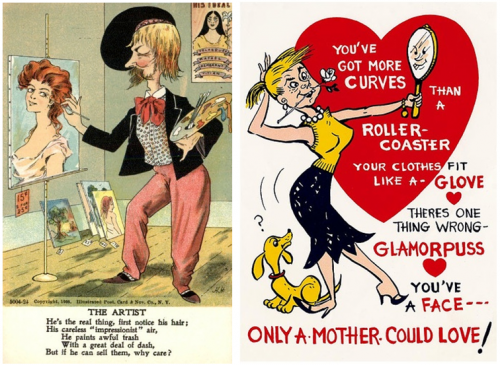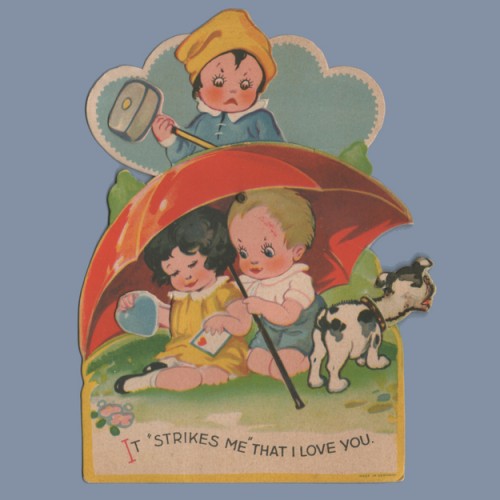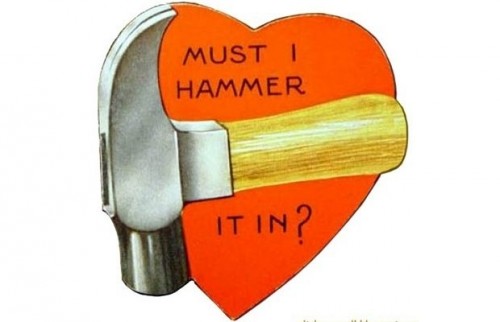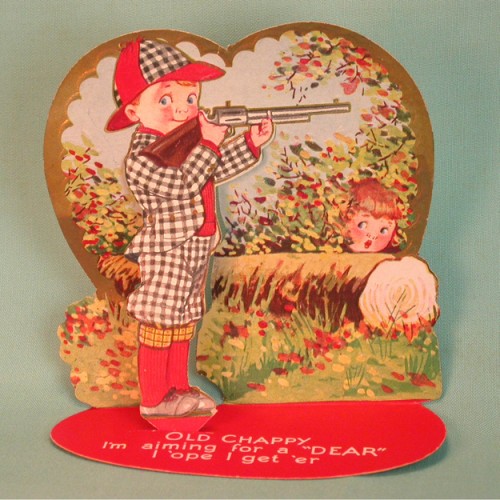This post originally appeared in 2011. Revised and re-posted in honor of Mardi Gras.
If you attend a Mardi Gras parade this year, you’ll likely notice that the float riders will be all-White or all-Black and all-female or all-male. In fact, the majority of krewes — clubs that sponsor parades and other festivities — are race- and gender-segregated. This is not de facto, but according to official krewe policy. And it remains legal to discrimate along these lines. How did this happen?
According to Kevin Fox Gotham‘s book, Authentic New Orleans, Mardi Gras was transformed from an unorganized local festival to a rationalized tourist attraction by white elites. The first organized parade occurred in 1857 and was organized by the Mystick Krewe of Comus, several dozen social elites. This krewe, like many that followed, was race, gender, and class specific. Only white males who could afford membership in the krewe (essentially a social club) could participate.
Krewe of Comus (1867):

White only parades were part of a strategy to make New Orleans a tourist destination for white travelers. Unlike today, when New Orleans capitalizes on its multicultural heritage, for a very long time New Orleans tried to suppress popular knowledge of its non-white population, disinvested in that population, and drove them out of touristy areas.
It was not until 1991 that the City Council proposed banning racial segregation of the krewes and the Council voted unanimously to make bias illegal. Krewes that refused to integrate (in principle, if not in reality) would be denied “city services and parade permits, and would require jail time and fines” (p. 182). Mayor Sidney Barthelemy said:
We close off streets. We deny the taxpayer the right to drive down the street to give a segregated club the opportunity to parade. Now that’s unbelievable in 1991.
The decision brought simmering racial tension to a boil. Two krewes, the Krewe of Comus and the Knights of Momus, cancelled their parades in 1992 rather than comply with the new law. Another, the Krewe of Proteus, canceled the following year. An African American krewe, the Krewe of Zulu, mocked the decisions of the all-white krewes in 1992.
Ultimately the anti-bias law came under fire from all-female krewes such as Krewes of Isis. Wanting to preserve their exclusive membership, Iris and Venus “opposed any discrimination ordinance because they recognized that it would undermine their power to exclude men” (p. 185).
In the end:
…the City Council voted to remove the jail sentence provisions in the ordinance and shifted the burden of proof onto individuals who maintained that they had been discriminated against if they attempted to join a krewe (p. 185).
But even this did not hold. Courts decided that the anti-bias laws violated laws of free association and, when the case came before the Supreme Court, they declined to revisit it. So, race and gender segregation of krewes remains legal.
Today, krewes segregated by race and gender still persist (and people without means are excluded from krewes generally, as they are very expensive), though newly formed krewes are often integrated on both axes, including Harry Connick Jr.’s Krewe of Orpheus.
Lisa Wade, PhD is an Associate Professor at Tulane University. She is the author of American Hookup, a book about college sexual culture; a textbook about gender; and a forthcoming introductory text: Terrible Magnificent Sociology. You can follow her on Twitter and Instagram.
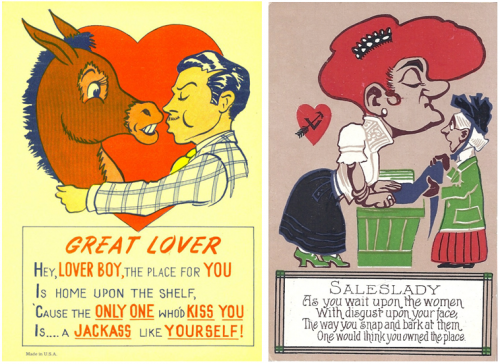 Annebella Pollen, an art and design historian who talks about the valentine’s at Collector’s Weekly, explains that there was a valentine for many types of people and occasions:
Annebella Pollen, an art and design historian who talks about the valentine’s at Collector’s Weekly, explains that there was a valentine for many types of people and occasions:
